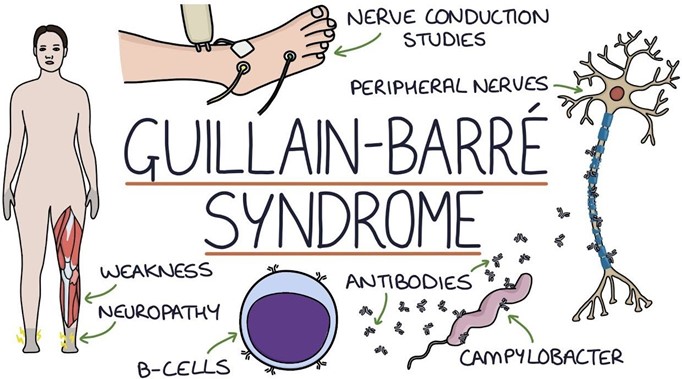An oil retention enema is prescribed for a hospitalized client. The practical nurse (PN) should administer the enema solution at which temperature?
The solution should approximate the client's body temperature (98°F or 36°C).
The temperature of the enema is unrelated to the enema's effectiveness.
The solution temperature should be determined by the client's comfort level.
The temperature should be higher (110°F or 43°C) than the client's body temperature.
The Correct Answer is A
The correct answer is Choice A:
The solution should approximate the client's body temperature (98°F or 36°C). Choice A rationale:
The ideal temperature for administering an oil retention enema is to approximate the client's body temperature. Using a solution at the client's body temperature helps to prevent discomfort and potential injury to the rectal mucosa. The temperature of 98°F (36°C) is considered safe and comfortable for the client.
Choice B rationale:
This option is incorrect because the temperature of the enema solution does matter. Administering an enema that is too cold or too hot can cause discomfort, cramping, and potential damage to the rectal tissue.
Choice C rationale:
This option is not the best choice because relying solely on the client's comfort level may not ensure the optimal temperature for the enema solution. The client's perception of comfort can vary, and it may not necessarily reflect the ideal temperature for administration.
Choice D rationale:
This option is incorrect because using a temperature higher than the client's body temperature, such as 110°F (43°C), can be harmful and increase the risk of burns or injury to the rectal lining.
Nursing Test Bank
Naxlex Comprehensive Predictor Exams
Related Questions
Correct Answer is A
Explanation
This is the finding that the PN should report to the charge nurse because it indicates a possible complication of Guillain-Barre syndrome, which is autonomic dysfunction. This can affect the cardiac, respiratory, and gastrointestinal systems and cause life-threatening problems such as arrhythmias, hypotension, or respiratory failure. The PN should monitor the client's vital signs closely and report any abnormal changes.

B. Profuse diaphoresis is not a priority finding and may be related to other factors such as fever, anxiety, or medication side effects.
C. Lower leg weakness is an expected finding in Guillain-Barre syndrome and does not need to be reported unless it progresses rapidly or affects the respiratory muscles.
D. Full facial flushing is not a priority finding and may be related to other factors such as vasodilation, inflammation, or medication side effects.
Correct Answer is A
Explanation
The correct answer is choicea. Teach the client to use a straw when taking the medication to reduce further tooth staining.
Choice A rationale:
Using a straw when taking liquid iron preparations helps minimize contact with the teeth, thereby reducing the risk of staining.
Choice B rationale:
While tooth discoloration can indicate that the iron is being absorbed, it is not a desired effect and should be managed to prevent cosmetic concerns.
Choice C rationale:
Assessing for mouth or gum pain and difficulty swallowing is important but not directly related to the issue of tooth staining.
Choice D rationale:
Advising the client to withhold doses without consulting a healthcare provider could lead to non-compliance and inadequate treatment of iron deficiency.
Whether you are a student looking to ace your exams or a practicing nurse seeking to enhance your expertise , our nursing education contents will empower you with the confidence and competence to make a difference in the lives of patients and become a respected leader in the healthcare field.
Visit Naxlex, invest in your future and unlock endless possibilities with our unparalleled nursing education contents today
Report Wrong Answer on the Current Question
Do you disagree with the answer? If yes, what is your expected answer? Explain.
Kindly be descriptive with the issue you are facing.
